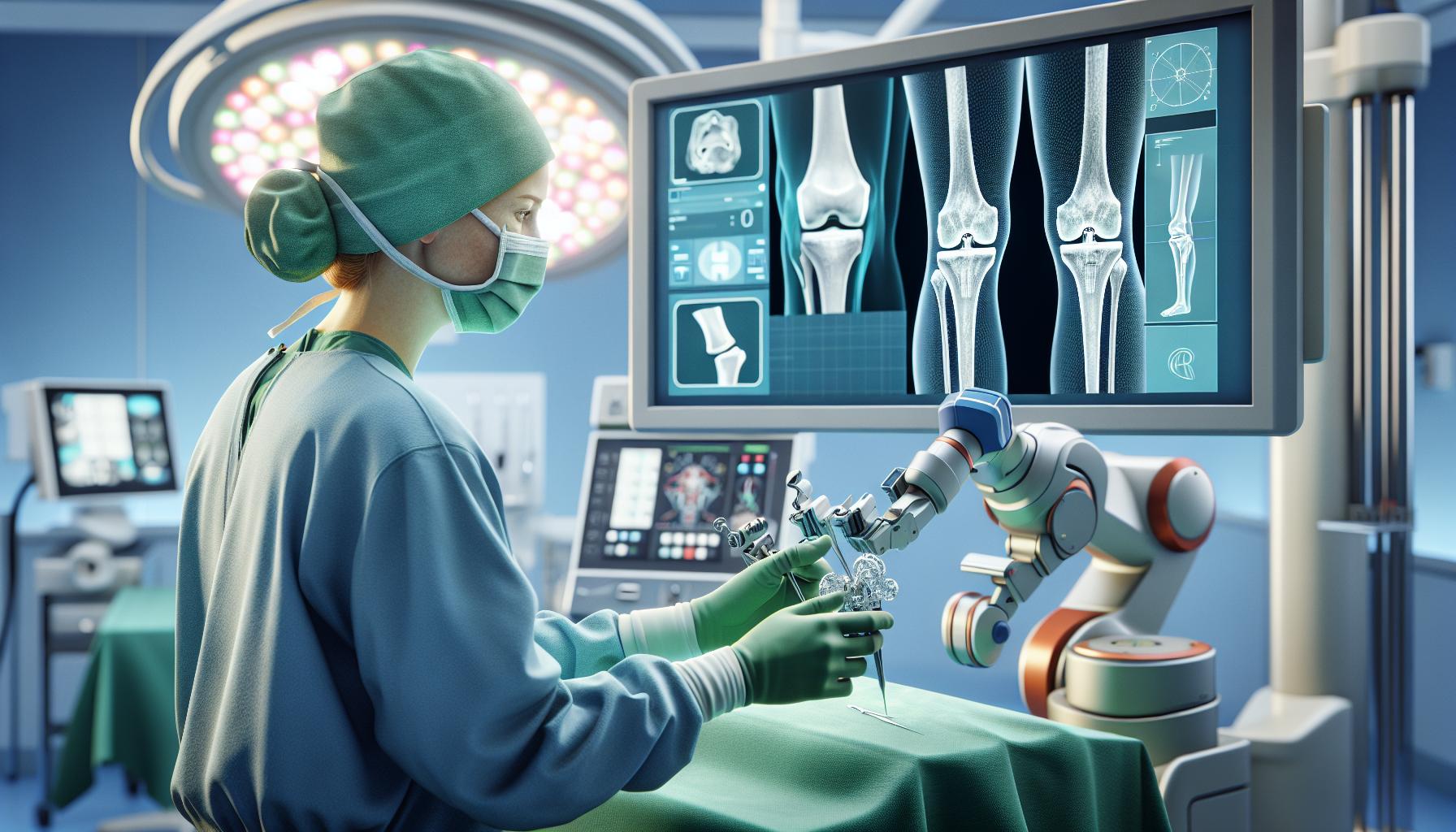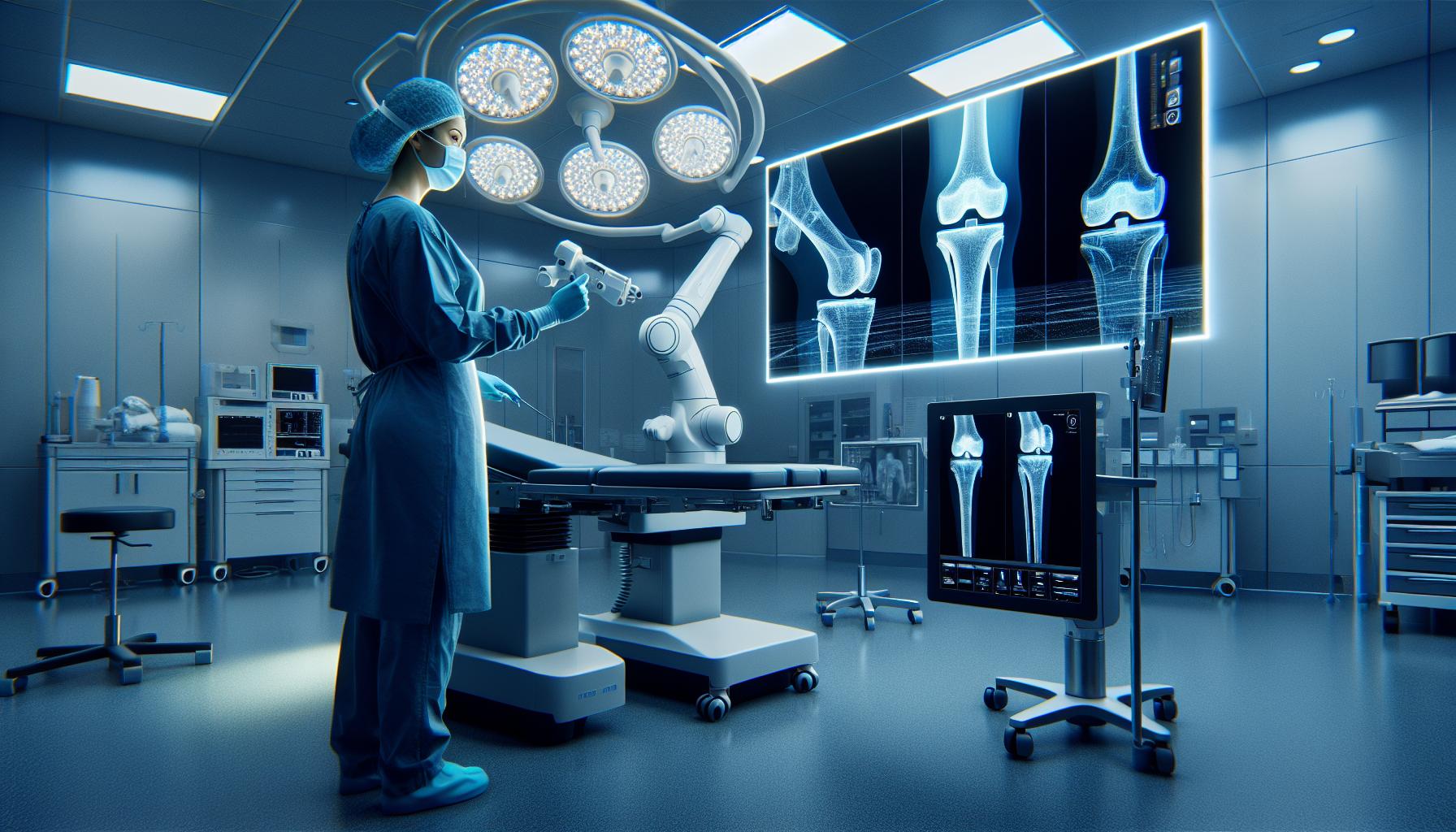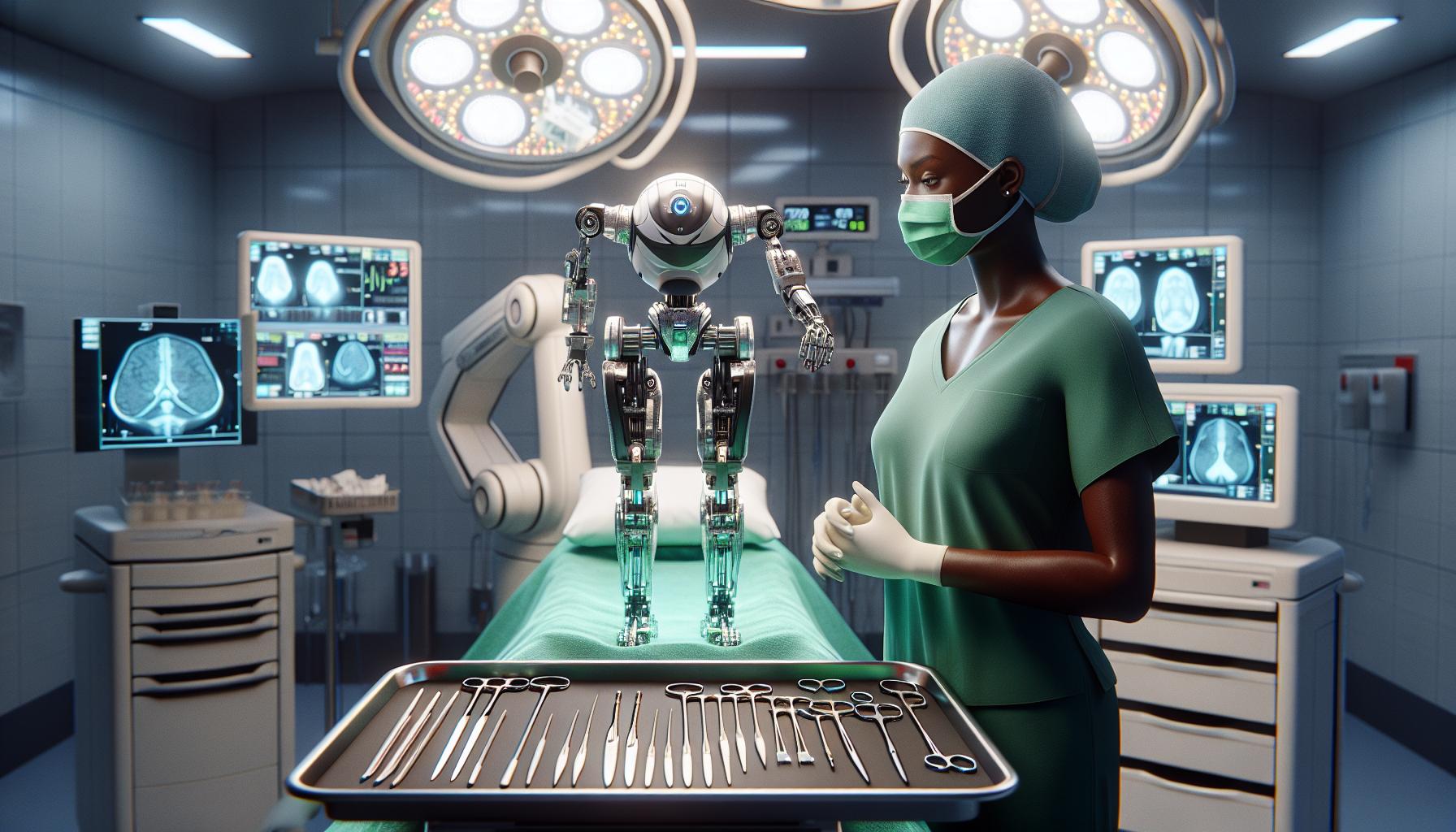Knee pain can be debilitating, affecting everything from daily activities to overall quality of life. As someone who’s followed advancements in medical technology, I’m excited about the latest innovations in knee replacement procedures. These breakthroughs promise not only to enhance surgical outcomes but also to speed up recovery times, making life easier for countless individuals.
New knee replacement technology is revolutionizing how we approach joint issues. With cutting-edge techniques like robotic-assisted surgery and personalized implants, patients can expect a more tailored experience. This progress means less pain and a quicker return to the activities they love. Let’s dive into how these advancements are changing the landscape of orthopedic care and what they mean for those considering knee replacement surgery.
Key Takeaways
- Robotic-Assisted Surgery: New knee replacement technology utilizes robotic systems to enhance precision during procedures, reducing soft tissue damage and enabling faster recovery.
- Personalized Implants: Customized implants tailored to individual anatomy improve stability and longevity, allowing for a more effective rehabilitation process.
- Smart Technology Integration: Tools like augmented reality and 3D printing enhance pre-operative planning and visualization, leading to greater surgical accuracy.
- Enhanced Recovery Times: Advances in surgical techniques contribute to quicker recovery, with many patients regaining mobility in days rather than weeks.
- Cost and Eligibility Considerations: While innovative technologies offer significant benefits, they can involve high costs and require thorough patient eligibility evaluations.
- Future Trends: Emerging trends include advancements in robotic surgery, smart implants, and telemedicine, all aiming to improve patient outcomes and engagement in their care.
Overview Of New Knee Replacement Technology
New knee replacement technology has significantly advanced in recent years, improving the overall surgical experience and outcomes for patients. Innovations such as robotic-assisted surgery enhance precision during procedures, allowing for better alignment of implants and reduced tissue damage.
Personalized implants represent another major development, offering customized solutions that cater to individual anatomical variations. These implants increase stability and longevity, contributing to enhanced recovery times.
Smart technology is also playing a pivotal role. Surgeons now utilize augmented reality and 3D printing to create models tailored to each patient’s unique joint structure. This approach improves pre-operative planning and helps visualize the surgical process more clearly.
Data analytics contribute to advancements as well. Real-time monitoring during surgery helps track vital metrics, ensuring patient safety and precision. With these innovations, knee replacement surgery experiences fewer complications and quicker rehabilitation periods, allowing individuals to return to their daily activities faster.
Incorporating these technologies into knee replacement procedures marks a significant step forward in orthopedic care. The combination of robotic systems, personalized implants, and smart technology together creates more effective surgical experiences and outcomes for knee surgery patients.
Benefits Of New Techniques

New knee replacement technologies bring significant advantages, particularly in recovery and surgical precision. These innovations lead to better outcomes and overall patient satisfaction.
Enhanced Recovery Time
Enhanced recovery time is a key benefit of new knee replacement techniques. Patients often experience less postoperative pain, enabling faster return to normal activities. Robotic-assisted surgeries minimize soft tissue trauma, resulting in reduced inflammation and quicker healing. Some studies indicate that patients may regain mobility within days rather than weeks, significantly improving their quality of life. With personalized implants tailored to individual anatomy, stability increases, allowing for a more straightforward rehabilitation process.
Improved Precision
Improved precision plays a crucial role in recent advancements in knee replacement. Robotic-assisted technology provides surgeons with enhanced control during procedures, ensuring optimal implant alignment. This precision reduces the risk of complications such as misalignment or loosening over time. For instance, augmented reality tools offer 3D visualization of the knee joint, allowing for better planning and execution. Data analytics enable real-time monitoring, ensuring every step aligns with the surgical plan. Such precision not only boosts the long-term success of the surgery but also minimizes the likelihood of revision procedures.
Types Of New Knee Replacement Technologies

New knee replacement technologies enhance surgical procedures and patient outcomes. Key advancements include robotic-assisted surgery and personalized implants.
Robotic-Assisted Surgery
Robotic-assisted surgery involves advanced machines that enhance the surgeon’s precision during knee replacement. The robotic system uses detailed imaging to create a 3D model of the patient’s knee, allowing for optimal alignment of the implant. This technology reduces soft tissue damage and minimizes bleeding, increasing recovery speed. Studies show patients often experience shorter hospital stays and less post-operative pain compared to traditional techniques, leading to a quicker return to daily activities.
Personalized Implants
Personalized implants utilize advanced imaging techniques to create custom-fit prosthetics tailored to an individual’s unique anatomy. Surgeons take precise measurements and 3D scans of the knee, enabling the production of implants that fit perfectly, improving stability and function. These personalized options often lead to enhanced long-term outcomes, as they reduce the risk of implant failure and improve joint motion. Additionally, this approach can help decrease the overall recovery time by providing a more comfortable fit from the outset, allowing patients to engage in rehabilitation more effectively.
Challenges And Considerations

While new knee replacement technology offers numerous benefits, several challenges and considerations arise. It’s essential to evaluate the financial aspects and determine patient eligibility carefully.
Cost Implications
Costs associated with advanced knee replacement technology can be significant. Robotic-assisted surgeries and personalized implants often require higher expenditures due to specialized equipment and tailored manufacturing processes. According to a study published in the Journal of Orthopaedic Surgery, robotic-assisted surgeries can range from $10,000 to $20,000 more than traditional methods. These costs may not be fully covered by insurance, potentially creating a financial burden for patients. Patients must weigh these costs against the long-term benefits, including quicker recovery times and reduced postoperative complications, which may lessen the need for follow-up procedures.
Patient Eligibility
Determining patient eligibility for new technologies becomes crucial. Factors such as age, overall health, and the severity of knee damage influence candidacy. For instance, younger patients may benefit more from personalized implants that offer longer durability, while older patients with multiple comorbidities may face increased risks during surgery. Surgeons often assess body mass index and prior medical history before recommending robotic-assisted options. According to the American Academy of Orthopaedic Surgeons, preoperative evaluations can help ensure that patients receive the most appropriate treatment tailored to their specific conditions.
Future Trends In Knee Replacement
Future trends in knee replacement technology focus on enhancing patient outcomes and minimizing the surgical burden. Innovations aim to improve precision, personalization, and integration of digital tools to refine procedures.
- Robotic Surgery Advancements
Robotic systems are becoming more sophisticated, allowing for even greater accuracy. These advancements include improved algorithms that enhance surgical navigation, leading to optimal implant positioning with minimal invasiveness. Increased automation in robotic systems streamlines the workflow in the operating room. - Smart Implants
Smart implants equipped with sensors provide real-time data on joint performance. These implants monitor factors like stress and load, offering valuable insights for both surgeons and patients. Enhanced data collection aids in tracking recovery progress and identifying potential issues early. - Augmented Reality (AR) Integration
AR technologies are revolutionizing pre-operative planning and intra-operative visualization. Surgeons can overlay digital images onto the surgical site, ensuring precise alignment and enhancing decision-making during procedures. This integration improves the overall efficiency of knee replacement surgeries. - 3D Bioprinting
3D bioprinting is emerging as a game changer in creating customized knee implants. This technology allows for the production of patient-specific prosthetics with improved compatibility, reducing the risk of rejection and enhancing overall performance. Tailored solutions better accommodate individual anatomical structures. - Enhanced Patient Engagement
Technology is shifting towards increased patient involvement in the decision-making process. Platforms providing access to personalized care plans, virtual consultations, and educational resources empower patients to make informed choices about their treatment options. - Telemedicine Utilization
Telemedicine is becoming integral to follow-up care, allowing for remote monitoring and consultations. This flexibility enhances patient convenience and ensures continuous support, which is vital for recovery.
Exploring these future trends in knee replacement technology indicates a commitment to advancing orthopedic care. The integration of cutting-edge tools and techniques guarantees improved surgical outcomes and reshapes the experience for knee surgery patients.
Conclusion
The advancements in knee replacement technology are truly exciting. With innovations like robotic-assisted surgery and personalized implants, patients can look forward to better outcomes and quicker recoveries. It’s clear that these developments not only enhance precision but also significantly improve the overall experience for those undergoing knee surgery.
While there are challenges to consider, such as costs and patient eligibility, the future looks promising. As technology continues to evolve, I’m optimistic about the potential for even greater improvements in orthopedic care. Embracing these innovations will undoubtedly lead to enhanced quality of life for many individuals dealing with knee pain.


